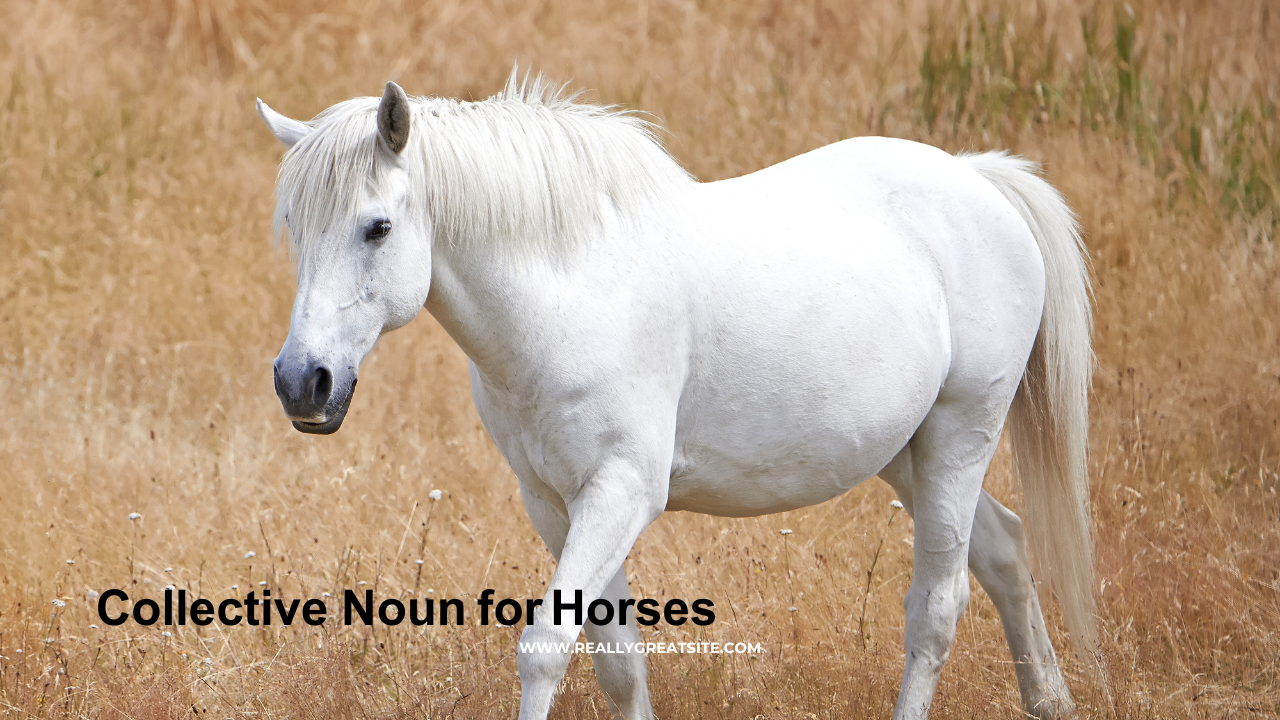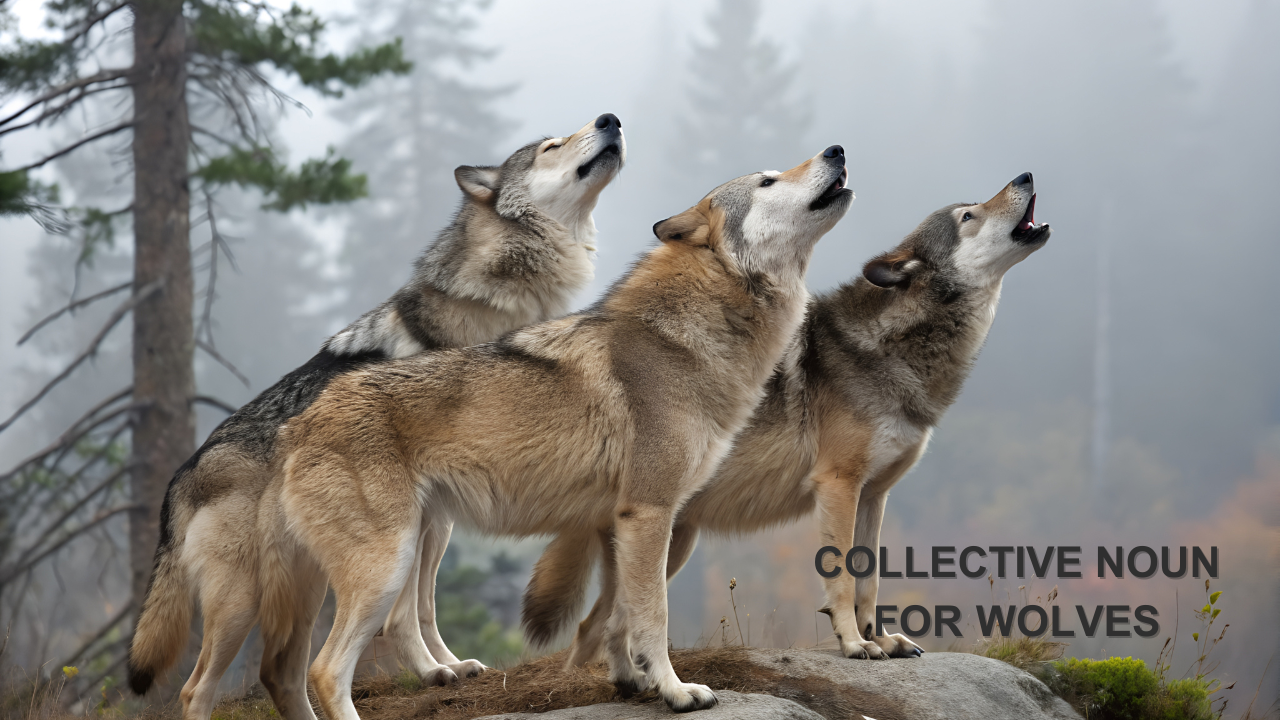Have you ever seen a group of bats flying at dusk and wondered what to call them?
In English, the most recognized collective nouns for bats are:
A cauldron of bats (when they’re swirling in flight)
A colony of bats (when they’re roosting together)
Other lesser-used terms include: a cloud of bats and a camp of bats.
These terms do more than describe they capture the mystery, movement, and cultural symbolism of bats.
Why Is a Group of Bats Called a Cauldron?
The term “cauldron of bats” comes from the dramatic sight of bats swirling together at dusk.
Their twisting flight can look like steam rising from a witch’s cauldron, connecting naturally to bats’ long-held associations with mystery and magic.
Meanwhile:
- Colony of bats reflects real-life behaviour: many bat species roost together in large groups.
- Bats collective noun cloud fits the image of a dense, shifting mass of bats in flight.
- Camp of bats is a rare alternative sometimes used for groups roosting quietly.
These poetic terms turn observation into storytelling.
Table: Collective Nouns for Bats and When to Use Them
| Collective noun | When to use it | Example in a sentence |
|---|---|---|
| Cauldron of bats | Bats swirling dramatically in flight | “At dusk, a cauldron of bats rose from the cave.” |
| Colony of bats | Roosting together, factual context | “The old barn hides a large colony of bats.” |
| Cloud of bats | Large swarm moving across the sky | “We watched a cloud of bats darken the horizon.” |
| Camp of bats | Resting or hanging quietly | “A camp of bats nestled in the trees.” |
A Short History: Collective Nouns in English
These creative animal group names, called “terms of venery,” date back to the 15th century in England.
They were invented by hunters, poets, and scholars to add color, wit, and status to language.
Examples like a murder of crows or a parliament of owls have survived to this day — but it’s words like cauldron of bats that truly blend observation with imagination.
Bats in Culture and Language
Bats hold a unique place in culture:
- Seen as mysterious, nocturnal creatures tied to transformation and rebirth.
- Featured in myths and folklore across the world.
- Associated with magic and the unseen.
So, collective nouns like cauldron and cloud feel natural they carry the mystery of bats into everyday language.
Fascinating Bat Facts & Figures
| Fact | Number / Detail |
|---|---|
| Bat species worldwide | ~1,400 |
| Largest bat colony | Bracken Cave, Texas — around 20 million Mexican free-tailed bats |
| Lifespan of some bat species | Up to 30–40 years |
| Wingspan of the largest bats (flying foxes) | Over 5.5 feet (1.7 meters) |
| Weight of the smallest bat (bumblebee bat) | About 2 grams |
These figures show why bats are so fascinating and why they’ve inspired so many unique words.
When & How to Use These Terms
- Use “cauldron of bats” in creative writing, storytelling, or poetic descriptions.
- Use “colony of bats” in factual, scientific, or documentary contexts.
- Use “cloud of bats” to describe huge swarms moving together.
- Use “camp of bats” if you want a rare but recognized alternative.
Using the right term adds precision and flair to your language.
FAQs
Q: Why is a group of bats called a cauldron?
A: Because when bats fly out at dusk, they swirl like steam rising from a bubbling cauldron linking perfectly to their mysterious reputation.
Q: What is the rarest collective noun for bats?
A: “Camp of bats” is used far less often than colony or cauldron.
Q: Do scientists use these terms?
A: Mostly “colony,” as it accurately describes bat social structures.
Q: Are there collective nouns for bats in other languages?
A: Yes, many languages use creative terms, but English stands out for its rich “terms of venery” tradition.
Q: What do you call a group of baby bats?
A: Baby bats are called “pups,” and together they’re usually part of the larger colony, sometimes called a nursery.
Conclusion
Whether you call them a cauldron swirling at dusk, a colony roosting in an attic, or a cloud drifting through the evening sky, each term brings bats’ world to life in words.
These collective nouns remind us that language isn’t just functional it’s also poetic, cultural, and alive.





